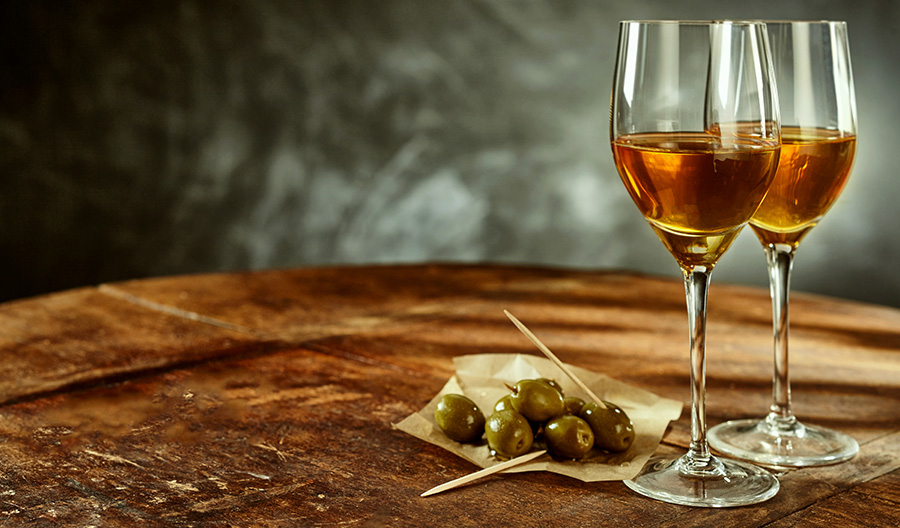Aperitif wines, with their enchanting aromas and delicate flavors, have long been the prelude to memorable dining experiences. These light and refreshing wines are not merely beverages; they are a tradition, an invitation to slow down, unwind, and savor the anticipation of what lies ahead. Join us on a journey as we explore the world of aperitif wines, discovering their origins, characteristics, and the art of elevating moments with these enchanting libations.
Origins and Traditions:
The concept of the aperitif dates back to European traditions, where it was believed that a well-chosen drink before a meal could stimulate the appetite and enhance the overall dining experience. The ritual of the aperitif became deeply ingrained in cultures like Italy and France, giving rise to aperitif wines that are as diverse as the regions that produce them.
Varieties of Aperitif Wines:
Vermouth: Hailing from Italy and popularized in France, Vermouth is a fortified wine infused with botanicals, herbs, and spices. It comes in sweet and dry varieties, offering a spectrum of flavors to suit different preferences.
French Aperitif Wines : The aperitif wines from France are a blend of wine, cinchona, and other flavors, creating a harmonious profile. Whether pouring blanc, rosé or rouge versions, these aperitifs are often enjoyed over ice or as a key ingredient in classic cocktails.
Italian Aperitivos: These Italian liqueurs are known for their vibrant colors and bittersweet flavors. Whether its orange-hued or bold red, these aperitifs are frequently used to craft refreshing spritz cocktails.
Sherry: Hailing from Spain, Sherry encompasses a range of fortified wines with diverse styles, from the crisp Fino to the rich and nutty Oloroso. Its versatility allows it to be enjoyed on its own or as a base for cocktails.

Characteristics of Aperitif Wines
Aperitif wines share common characteristics that make them ideal for the prelude to a meal:
Lightness: Aperitif wines are typically lower in alcohol content, allowing them to refresh the palate without overwhelming it.
Refreshing Acidity: The acidity in these wines acts as a palate cleanser, preparing the taste buds for the flavors of the upcoming meal.
Botanical Complexity: Many aperitif wines boast a botanical complexity, with infusions of herbs, spices, and fruits that add layers of flavor and aroma.
Serving Rituals
The enjoyment of aperitif wines often comes with its own set of rituals. Whether it's the clinking of ice cubes in a spritz glass or the meticulous preparation of a perfect Negroni, the art of serving and savoring aperitif wines enhances the overall experience.
Pairing with Culinary Delights
Aperitif wines set the stage for culinary delights to come. Pairing them with light snacks such as olives, nuts, or cheese enhances the experience, creating a symphony of flavors that linger on the palate.
Modern Resurgence
In recent years, aperitif wines have experienced a renaissance, with mixologists and consumers alike rediscovering and reimagining classic recipes. Modern twists on traditional aperitif cocktails showcase the versatility of these wines, making them relevant and exciting in contemporary cocktail culture.
Aperitif wines are not just beverages; they are an ode to anticipation, a celebration of the moments leading up to a shared meal. Whether enjoyed in a sunlit café overlooking cobblestone streets or at home with friends, these enchanting libations elevate the art of prelude, turning ordinary moments into extraordinary memories.

